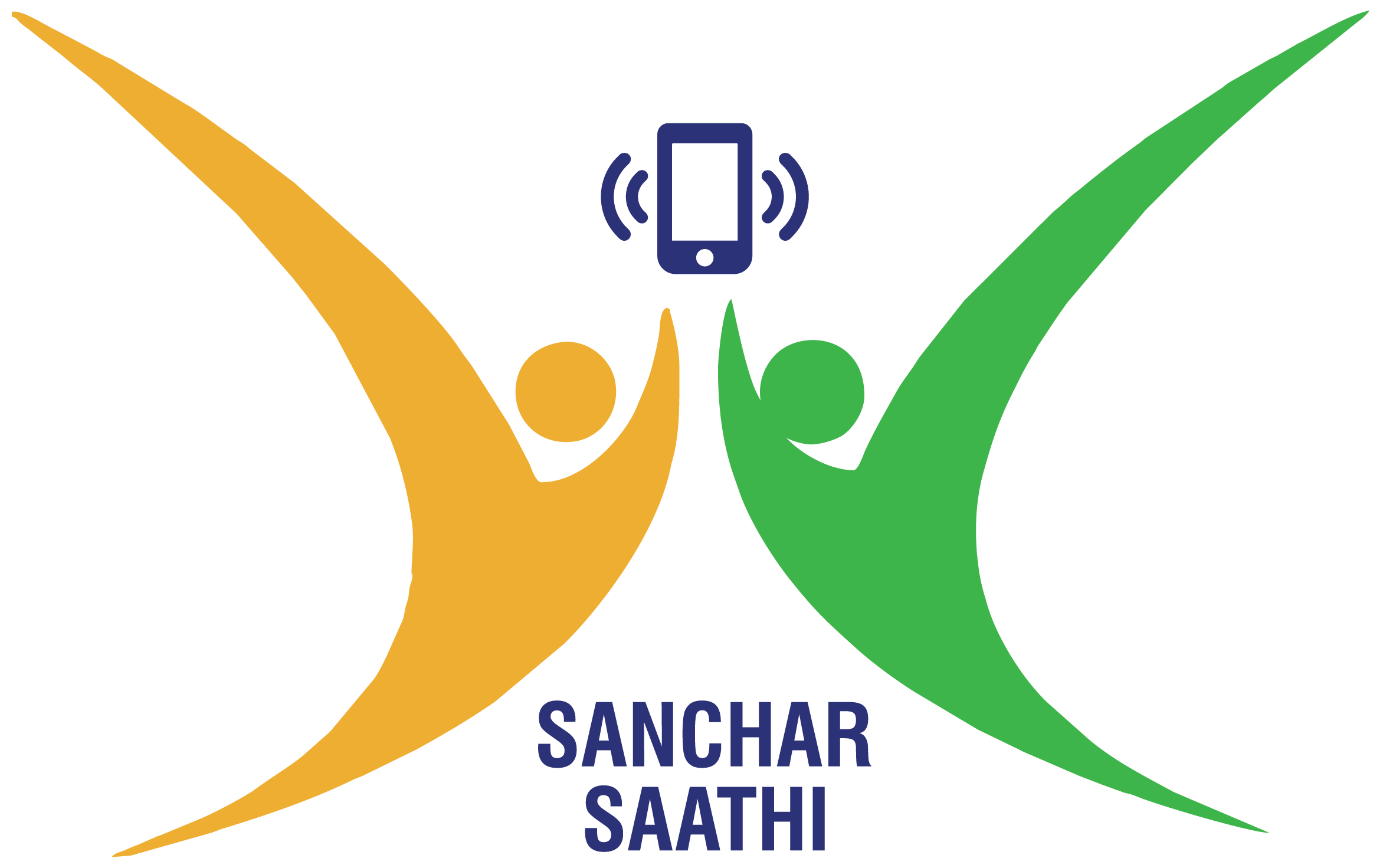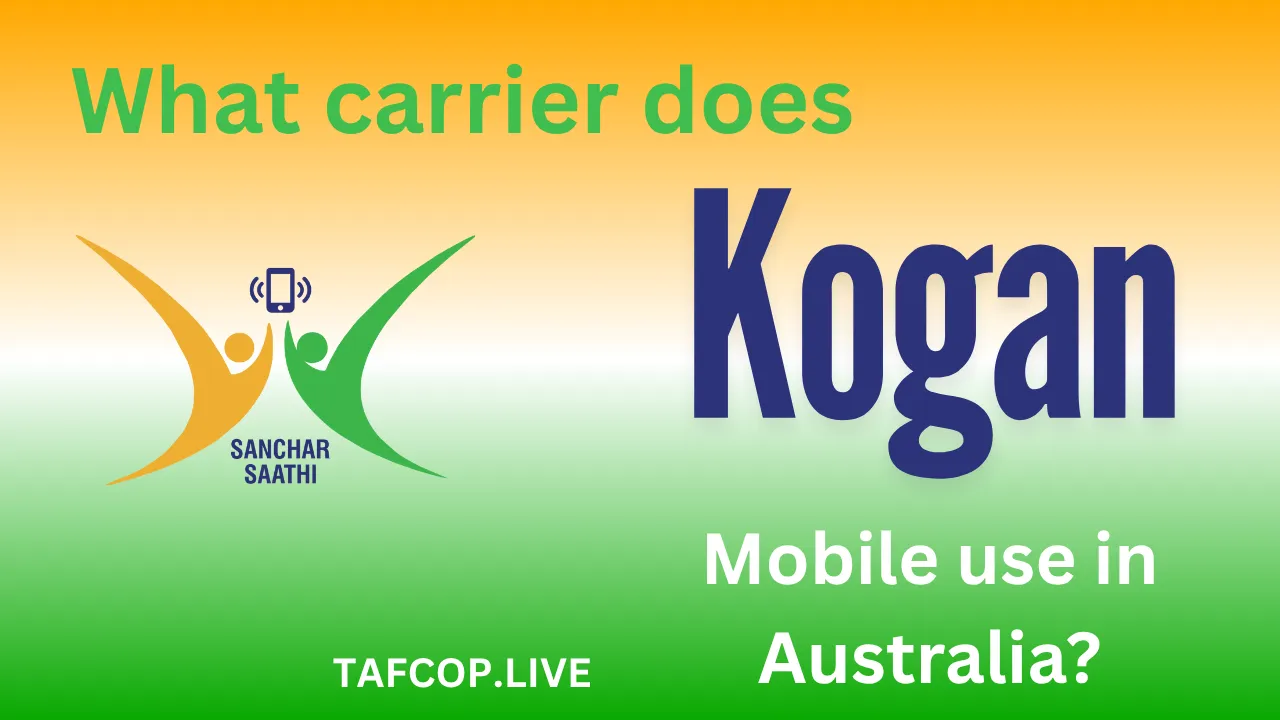I remember the first time I switched to Kogan Mobile—sitting at my kitchen table with a lukewarm cup of instant coffee, wondering if I’d made a bold money-saving move or was about to throw my signal into the abyss. I’d heard good things from mates, read a few reviews, but no one seemed to really break down where Kogan was getting its bars from. So, if you’re like I was—curious, maybe a bit sceptical, and keen not to muck around with a dodgy provider—you’ve come to the right spot.
What Carrier Does Kogan Mobile Use in Australia?
Kogan Mobile uses the Telstra wholesale network in Australia, which gives it access to approximately 98.8% of the population’s coverage, though not Telstra’s full premium network. That means you get wide-ranging signal in most cities and towns, but a few remote areas might not have full access like they would on Telstra directly.
How Good Is Kogan Mobile’s Coverage Compared to Telstra, Optus, or Vodafone?
Coverage can be a tricky beast. On paper, all these carriers tout great maps and glowing promises. But the real-world experience can feel wildly different depending on where you hang your hat.
Kogan Mobile offers wide-reaching coverage via the Telstra wholesale network, which isn’t exactly the top-shelf Telstra experience, but it’s still leagues ahead of some budget carriers piggybacking off Vodafone. You’ll get solid signal in metro areas, regional towns, and most major highways. However, it may lack coverage in the outback or isolated farmsteads—basically, if you’re going bush, Telstra’s direct plans still wear the crown.
For example, my sister lives out in Dubbo and has Kogan. No dramas. But when she went camping near Wombeyan Caves, she had no bars while her mate on Telstra still had two bars and was streaming Spotify by the fire.
Does Kogan Mobile Support 5G Services?
Ah, the elusive lightning-fast 5G—everyone’s talking about it like it’s the holy grail of mobile connectivity. So, does Kogan ride that wave?
No, Kogan Mobile does not currently offer 5G services. All their plans are capped at 4G LTE speeds, which for most folks is still more than enough for streaming, gaming, and Zooming your nan.
That said, 4G LTE on Telstra’s wholesale network is still very zippy. I regularly clock speeds around 40–60 Mbps on my Kogan SIM in suburban Melbourne. So unless you’re a diehard mobile gamer or video editor uploading gigs on the fly, you’re unlikely to feel much of a sting.
Why Doesn’t Kogan Use Full Telstra Network Access?
It’s a bit like going to a pub that used to serve pints for a fiver, but now they only do schooners—still decent, but not the full pour.
Kogan Mobile operates as a Mobile Virtual Network Operator (MVNO), meaning it leases bandwidth from Telstra’s wholesale network—not the premium one Telstra reserves for its direct customers. That’s the trade-off for the cheap prices: you don’t get the full smorgasbord, but what you do get is still hearty and satisfying.
Think of it like flying economy with carry-on only—you won’t get a seat in business class, but you’ll still reach the destination just fine.
What Is the Difference Between Telstra Retail and Telstra Wholesale?
Here’s where it gets a little technical, but don’t worry—I’ll keep it plain and snappy.
Telstra Retail provides access to Telstra’s entire mobile network, including remote and rural coverage. Telstra Wholesale, which Kogan uses, offers access to around 98.8% of the population—which sounds massive, but it’s slightly less than the full 99.5% you get with Telstra proper.
Let’s break it down visually:
| Feature | Telstra Retail | Telstra Wholesale (Kogan Mobile) |
|---|---|---|
| 4G Coverage | 99.5% | ~98.8% |
| 5G Access | Yes | No |
| Rural/Remote Coverage | Excellent | Moderate |
| Price Range | High | Budget-friendly |
If you live in a city, you probably won’t notice the difference. But if you’re out west or up north in the scrub, it might be a deal-breaker.
Is Kogan Mobile Good for Regional or Rural Australians?
This depends on where in rural Australia you’re calling home. Kogan isn’t bad—far from it—but it might leave you hanging in more isolated corners.
Kogan Mobile works well in most regional towns, but it may have limited coverage in very remote or mountainous areas due to Telstra’s wholesale network constraints.
My cousin, who works on cattle stations in northern Queensland, ditched Kogan after a month. But another mate out in Mildura uses it with no hiccups. It’s a bit of a postcode lottery. If you’re not sure, Kogan’s site has a handy coverage checker—definitely worth a squiz before signing up.
Can I Switch to Kogan Mobile Easily From Another Carrier?
Short answer? Absolutely. And the long answer? Also yes—with a bit of digital legwork.
Switching to Kogan Mobile is quick and painless, especially if you keep your existing number. You just order a SIM online, wait a day or two for it to arrive (or pick up an eSIM if supported), and then activate it via their website or app. Boom, you’re in.
I made the leap from Vodafone last summer—signed up, got the SIM in the post two days later, and was up and running in under 15 minutes. Didn’t even need to call anyone. It’s all done through a portal that looks like it was built in 2020 instead of 2005, which is always a bonus.
What About Kogan’s Internet Speeds and Network Stability?
No sugar-coating here: Kogan’s speeds have surprised me.
Kogan Mobile offers stable, fast 4G speeds for most day-to-day uses, like streaming Netflix, playing Spotify on your commute, or using GPS without hiccups. Upload speeds are a bit more modest, but unless you’re live-streaming your dog’s birthday party, it’ll hold up fine.
I ran a couple of speed tests just for kicks:
- Inner-city Melbourne: 65 Mbps down, 18 Mbps up
- Suburban Geelong: 42 Mbps down, 15 Mbps up
- A beach trip near Lorne: 18 Mbps down, 5 Mbps up
Not blazing 5G fast, but more than respectable for $15 a month.
Is Kogan Mobile the Right Fit for You?
This is where it gets personal, and frankly, that’s the whole point.
If you live in urban or suburban Australia, Kogan Mobile is an excellent budget-friendly carrier with reliable service—simple as that. It’s affordable, stable, and piggybacks off a solid network.
But if you work remotely, travel off-grid, or spend time in hard-to-reach places, you may find yourself shaking your phone in frustration. It’s not bad, it’s just not designed for the edges of the map.
“You don’t need to spend a fortune to stay connected—just know your postcode, your habits, and what matters most to you.”
– Mazhar
FAQs
Does Kogan Mobile support eSIM?
Yes, Kogan Mobile supports eSIM on select devices, allowing instant activation without a physical SIM card.
Can I use Kogan Mobile overseas?
No, Kogan Mobile does not currently offer international roaming. You’ll need a travel SIM or local provider when abroad.
Does Kogan Mobile offer family plans?
Nope, Kogan Mobile offers single-user prepaid plans only—no bundled family options.
Is customer support any good?
It’s decent. Kogan Mobile offers online chat and email support, but no phone line, which can be frustrating if you need help in a hurry.
Are there any lock-in contracts?
No. All Kogan Mobile plans are prepaid with no lock-ins, so you can bail anytime without fees.
Conclusion
So, to sum it up in a way your nan could understand over a cuppa: Kogan Mobile is a smart, cost-effective telco that uses the Telstra wholesale network to deliver strong coverage across most of Australia. It’s not perfect—but it’s reliable where it counts, especially if you don’t live out in the sticks.
From my own boots-on-the-ground experience, I’d say it’s one of the better bang-for-your-buck choices out there. And with no contracts and cheap starter packs, the risk is low. Give it a crack—you might be pleasantly surprised.

